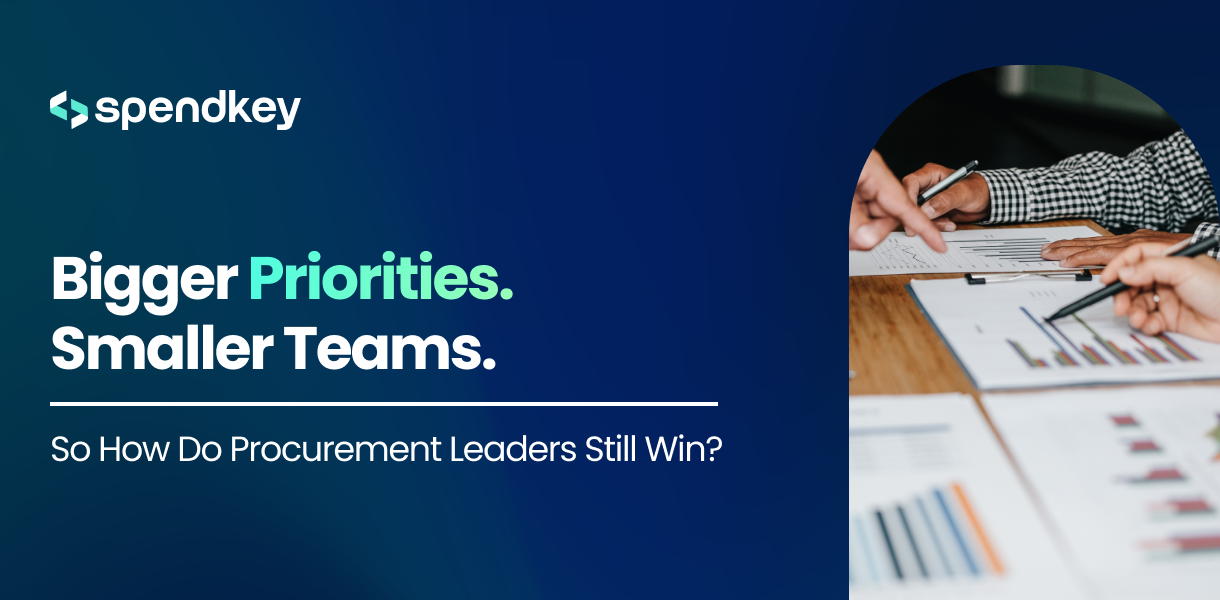What is maverick spend and how you can control it successfully?


Most organisations will have a set or defined procurement process for buying goods, products, or services. Organisations expect that their employees are exercising caution and thorough due diligence when spending their company’s money. However, this is easier said than done. From our experience of working with several organisations, it is evident that most organisations will have some element of spending that hasn’t been approved by either their procurement team or sanctioned by a relevant budget holder. Any such spend is defined as maverick spend and can expose organisations to various risks such as financial and most important reputational damage.
In recent years, there are several examples of organisations being fined or losing their customers and market share on account of buying goods and services from suppliers that they should not have used. Therefore, identifying maverick spending has become a major priority for several organisations. An organisation that is not taking any action on their maverick spend will always lack the visibility of what your employees/business is spending and whom it is spending with to buy what products and services. Without this knowledge, organisations will be unable to risk assess the impact of this maverick spend.
This guide will teach you how to use your spend data to transform your business for profitable growth.

Download our free Low Risk Low Value (LVLR® ) framework to get complete spend visibility and achieve over 20% reduction in costs.

Download our Category Management Optimiser Checklist that has helped business leaders monitor and improve the effectiveness of their existing spend categories and subcategories enabling them to add millions to their bottom line.

Download our Transforming Finance With Artificial Intelligence (AI) Guide now and explore how AI can help you improve efficiency, build agility and make optimal strategic business decisions.

A question that we often get asked by our clients is “what trends do we see with maverick buying” from our experience of deploying Spendkey’s spend analytics tool. Though there is no one size fits all answer, some of the trends we have seen are in the areas of temporary staff or contingent labour, technology, office supplies to name a few categories. With the adoption of cloud technologies and agile development, we have seen several instances where the business case for migration from the on-premise data centre to the cloud shows significant savings but, the organisation does not reap any of those benefits. This in many cases is because the team of developers are spinning new servers and new services in the cloud without a formal governance process. This can lead to spiralling cloud costs which in many situations is not directly visible as employers can buy these services easily on their personal credit cards and then expense this to their companies. We have seen similar examples with end-user accessories such as headphones or keyboards.Employees might think that they are spending a small amount by buying a headset of their personal choice to use for unified communications in the office; but once this spend is added across all employees who think and behave similarly,it can be a significant cost overall, especially given that employees have been working remotely for almost 2 years due to Covid and offices have embraced unified communication as their preferred collaboration solution.
The same applies to contingent labour. Several organisations rely on contingent labour. We have seen several examples where the HR Head or the Head of Professional Services Category believe that the spend on contingent labour is under control and they have full visibility over it. Once the management gets access to spend analysis, they are surprised to see that the spend on contingent labour or contractors is usually 2 to 3 times more than what they believe they were spending in this area.
Some other examples of maverick spending we have seen are when employees buy non-contracted services from a contracted supplier assuming that they are following the organisation policies. Let’s take an example here, you have Supplier A as a preferred supplier for providing professional services in finance. Being a professional services organisation,it is likely that Supplier A will have other areas of expertise, e.g. IT services. We have seen several instances where Supplier A will be used by businesses to provide services in other areas that are not covered by their current contract.
If you take any organisation and analyse their spend data, you will see a common trend based on the 80:20 rule. Generally, 80%spend will be incurred on Top 20% of the suppliers while the 20% spend will be thinly spread across a large number of suppliers. These purchases that represent 20% spend are often too small to go through procurement and are not frequent enough to be included in catalogued systems. Since procurement in most cases will not have visibility on this tail spend, it is difficult for them to manage. However, the point to note here is that tail spend may not all be classified as maverick spend. Different organisations have different spend threshold values and hence if the spend is under the threshold value, there is a high probability that the business may have purchased some of the products or services (falling under tail spend) from the supplier on a supplier’s standard contract. Such spend is technically considered contracted and may not qualify to be classified as maverick spend. But some of the tail spend may not be contracted and that may fall under the maverick spend category.
“What gets measured gets improved.” - PeterDrucker. - considered the father of Modern Management
The first step to bring transparency and visibility to your maverick spend is by deploying a spend analytics solution such as Spendkey to identify spending patterns and trends across your organisation. For example, getting visibility of contracted versus non-contracted spend, PO vs non-PO spend, purchase made on credit cards or P Cards, spend compared against budget, etc. All these insights from the spend analytics tool can provide valuable inputs to drive your policies and strategies. But remember, just deploying a spend analytics tool is just the beginning and not a silver bullet to stop maverick spend. There are additional measures that will need to be implemented such as the R2P process and regularly reviewing your spend data to fix any leakages due to maverick/rogue or impulsive purchasing.
According to Boston Consulting Group, companies that used digital data to manage tail spend cut annual expenditures by up to 10%. Gartner shared that procurement teams that successfully managed their organisation’s indirect spending delivered a return on investment of 6.88x and a savings rate of 6%.
Innovative technologies are leveraging data enrichment, standardized classification, automation, artificial intelligence, machine learning and predictive analytics in transforming the way organizations optimize their third party spend on goods and services. As organizations find ways to stay ahead of their competitors, identifying and plugging any spend leakage proactively is a key strategy and differentiator.



Why are some procurement teams consistently hitting their goals while others struggle — even with the same suppliers, budgets, and team sizes?

Traditionally, reviewing contracts meant reading through them line by line, an approach that was both labor-intensive and time-consuming. By the time teams extracted insights from numerous contracts, the information was often outdated or not actionable.

Procurement is evolving, and its role as a value generator within businesses is more crucial than ever. For procurement leaders, balancing cost management with extending influence into strategic areas is no easy task, and the pressure to deliver is immense.